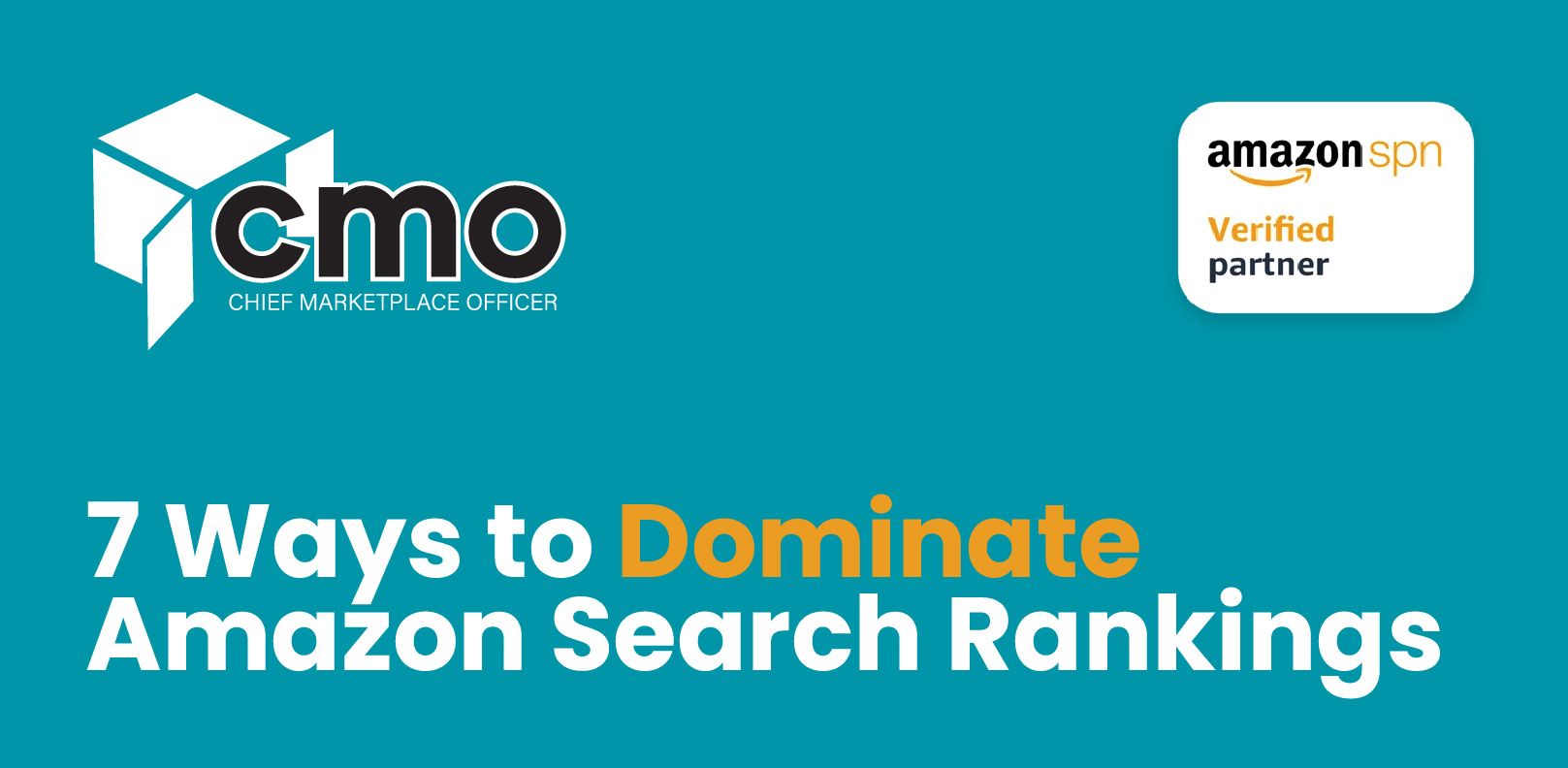Amazon Coupons: Your Secret Weapon to Boost Sales and Supercharge PPC Campaigns
Let’s face it: everyone loves a deal! And Amazon coupons? They’re like golden tickets that catch a shopper’s eye and make them feel like they’re getting a bargain. But here’s the best part—for you, the seller, these little digital discounts can seriously boost your product visibility, drive more clicks, and get your sales soaring.
In this blog, we’ll walk you through how to use Amazon coupons to boost conversion rates and how to pair them with your Amazon PPC (Pay-Per-Click) campaigns to get even better results. Ready? Let’s dive in!
What Are Amazon Coupons?
Amazon coupons allow you to offer a percentage or dollar-off discount on your products. They show up across multiple spots—like search results pages, product detail pages, and even in customers’ carts! The cool thing? Amazon slaps a green “Savings” badge on your product, making it stand out like a neon sign that says, “Hey, I’m on sale!”
Customers can “clip” the coupon with one click and apply it instantly at checkout. It's a great way to draw attention to your products and nudge customers to buy.
Why Are Amazon Coupons a Game-Changer?
More Visibility - That bright green “Savings” tag makes your product stand out in a crowded marketplace.
Better Click-Through Rates (CTR) - More eyeballs on your product means more clicks and a better chance of turning shoppers into buyers.
Boosted Conversion Rates - Offering a deal? Most people can’t resist, making it easier to convert browsers into buyers.
Positive Brand Perception - Customers love deals, and offering coupons makes your brand look generous and customer-focused.
Strategies to Use Amazon Coupons to Boost Conversion Rates
So, how can you make the most of these coupons to increase conversions and drive sales? Here are a few fun (and effective) ideas:
Leverage Seasonal Promotions - Match your coupons to high-traffic shopping seasons like Black Friday, Cyber Monday, or Prime Day. During these times, customers are actively hunting for deals. Give them one, and they’re more likely to click "Buy Now!"
Create Urgency with Limited-Time Coupons - Add a little pressure with a time-sensitive coupon. A ticking clock can make customers act fast, giving them that extra push to complete their purchase before the deal runs out.
Bundle Up for Bigger Sales - Offer coupons for bundled products. For example, “Buy two, save 10%!” helps boost your average order value and clears more stock.
Launch New Products with Coupons - Coupons are a great way to introduce new products. Offering a discount on a brand-new item encourages people to try it out and can even help you gather those first reviews that drive future sales.
Move Old Inventory - Have slow-moving products? Use a coupon to clear out that inventory quickly, freeing up space for new products while boosting your sales numbers.
How to Use Amazon Coupons in Your PPC Campaigns
Now, let’s take things up a notch. Pairing coupons with Amazon PPC campaigns can supercharge your marketing efforts and maximize your sales. Here’s how to do it:
Highlight Coupons in Sponsored Brand Campaigns - Sponsored Brand ads showcase your brand and products in style, complete with a catchy headline. Make sure to call out the coupon in the ad copy, like “Save 20% on Our Best-Selling Products!” This helps attract customers right from the get-go.
Increase Bids for High-Converting Keywords - Running Sponsored Product campaigns? Focus on your high-converting keywords when offering coupons, and increase your bids. The combination of a top search position and a coupon offer is a powerful one-two punch to drive more sales.
Target Competitors in Product Ads - Use Sponsored Display or Product Targeting Ads to showcase your coupon next to similar or competing products. Offering a discount might just sway a shopper to choose your product over the competition.
Use Long-Tail Keywords with Coupons - Long-tail keywords are more specific search terms with less competition. Pairing a coupon with these keywords helps you capture more niche audiences who are often searching for exactly what you offer—now with a discount!
A/B Testing is Your Friend: Don’t be afraid to experiment - Run A/B tests with ads that include a coupon versus ones without. Track conversion rates, click-through rates, and ROAS (Return on Ad Spend) to see which strategy performs better.
Combine Coupons with Dynamic Bidding - Use Amazon’s dynamic bidding to automatically adjust your bids based on the likelihood of a conversion. If your product has a coupon, this bidding strategy can help you optimize ad spend and get the most out of your promotion.
Best Practices for Coupon Success
Set a Smart Discount - While it might be tempting to go all out with huge discounts, a 5-20% range is often enough to attract attention without hurting your margins.
Monitor Your Budget - Every coupon has a redemption budget, so keep an eye on it. You don’t want your coupon to run out too early!
Clear Messaging - Make sure your coupon messaging is simple and straightforward. Something like “Save 15% Today!” works wonders in your PPC campaigns.
Wrap-Up: Coupons + PPC = Success
Amazon coupons are a secret weapon for any seller looking to stand out, boost conversions, and build brand loyalty. And when you pair these coupons with a solid PPC strategy, the results can be even more impressive.
Whether you’re clearing out old stock, launching new products, or riding the wave of a shopping season, coupons can help you engage customers, drive clicks, and get sales flowing. So go ahead—start creating some coupons, and watch your sales skyrocket!


